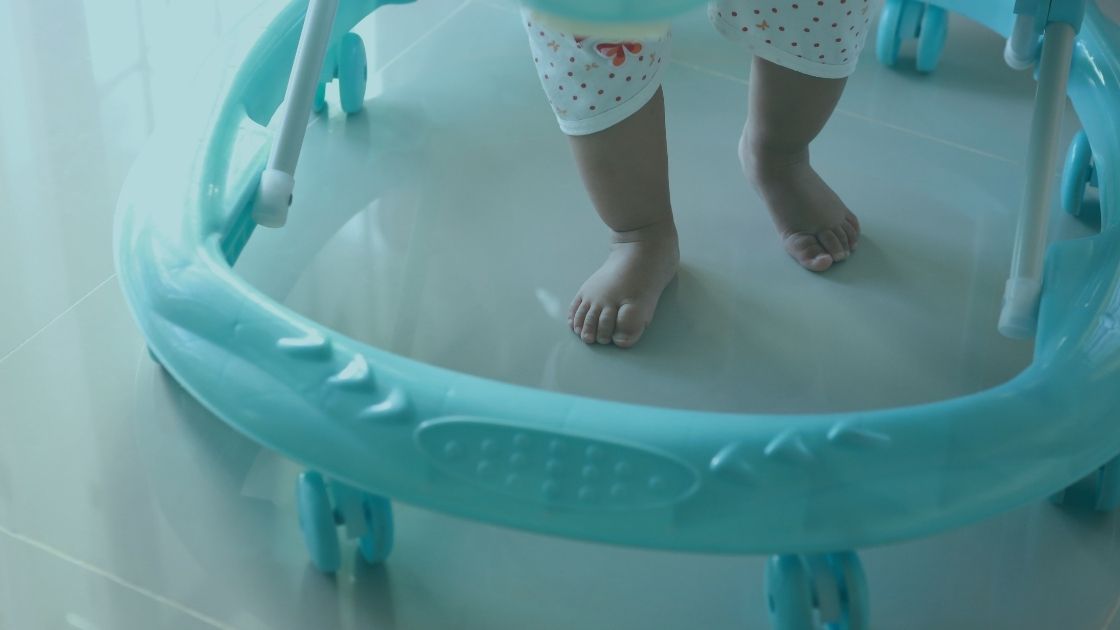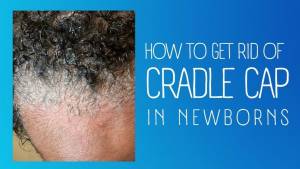Some people believe that baby walkers are great for their babies, to entertain them and help teach them to walk.
We’ll they might be right on the entertainment part but in terms of learning to walk, is not true. Baby walkers can be dangerous and can actually delay your baby’s walking development.
To grasp this better, you’ll need to understand how babies learn to walk.
How do babies learn to walk?
Most babies pass the following milestones while learning to walk:
- Rolling on the floor,
- Sitting,
- Crawling, creeping or scooting
- Pulling themselves up to stand
- Moving around furniture or other stationary objects.
This means that babies need to spend plenty of time on the floor, learning and practising these activities. Baby walkers don’t help a baby develop their walking. In fact, walkers can impede or delay your baby from achieving these important milestones. The more time babies spend in a walker, the more the delay in reaching some of the milestones that will enable them to walk.
Walkers take your baby’s time away from the floor so they miss out on practising important, repetitive movements needed for them to reach their walking milestones.
Babies tend to use their toes when they are in a walker, which tightens their leg muscles and interferes with normal walking development. Once out of the walker, they often want to keep using their toes, which is not how babies usually learn to walk
When babies sit and pull themselves up, they are learning how to balance.
Being in a walker also means less time on hands and knees in a crawling or pre-crawling position.
This is important to developing weight bearing through both the pelvis and shoulders.
A variety of important movements are needed when babies are developing their walking skills, but they get fewer chances to practise these in a walker than they would on the floor.
Do Baby Walkers Help A Baby To Balance?
The natural process of rolling over, crawling, standing and then walking teaches a baby how to balance itself. When you allow the baby to use a walker, walking on toes can seem natural to the baby. This habit may continue even when the baby stops using the walker, and the baby will need to learn to balance itself afresh.
What Are The Dangers of Baby Walker
Baby walkers are considered unsafe because they move your baby very quickly. Your baby is also taller when upright in a walker and can reach things they usually don’t have access to.
The potential dangers of using a baby walker include:
- Falling down steps or stairs
- Crashing into something sharp or hard
- Tipping over while moving
- Moving quickly to dangerous areas such as fireplaces, ovens, heaters or pools
- Being able to reach hot drinks on tables or other dangerous objects
So, “when can I use a baby walker?” Baby walkers can be used when your child has already gained balance from crawling and trying to take a few steps which occur mostly around 9 months old.
If you still decide to use a walker please take the following precautionary measure:
It is highly recommended that you address these baby walker safety issues before your child makes active use of one:
- Ensure that the baby walker is used on a flat and even surface only.
- Keep the baby and its walker away from staircases and water bodies of any kind.
- Ensure that there’s are no dangerous stuff like drugs, perfumes, blades on the table which baby’s hand might reach out to as a result of using the walker.
- Always remember to adjust the walker as your child gains more height
- Using a walker isn’t an excellent excuse to leave your child alone, you still have to watch your child.
Please feel free to contact us at info@babynurseafrica.com if you have any questions or concerns on this subject.




